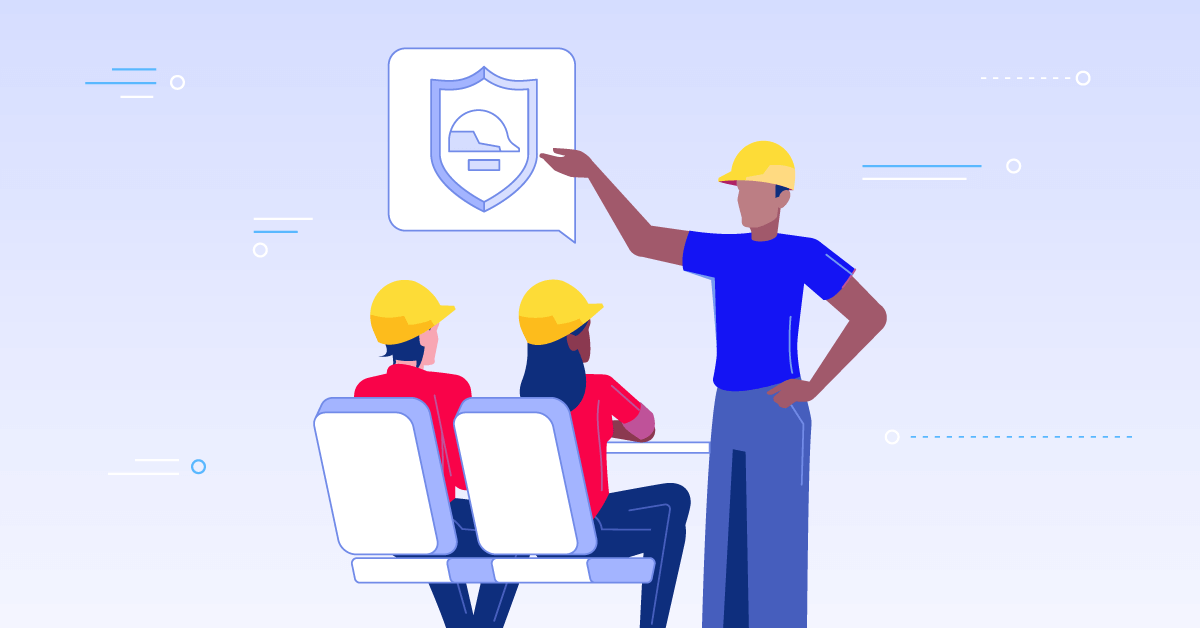Why?
Well, think about it. We operate in a digital age, where people, ideas, and behaviors are all exposed and connected. Social media, online communities, intranets and enterprise systems are creating a new level of transparency inside and outside of the workplace.
We operate in a digital age, where people, ideas, and behaviors are all exposed and connected.Share on
And then there’s the Millennials, an age of employee born and bred with digital creativity and flexibility at their fingertips. Employees that we need to attract, develop and retain in an increasingly open and competitive talent market.
Enter, the employee experience. An amalgamation of a variety of elements of culture, engagement, and meaningful work. The complete employee experience is one that excites, inspires and engages employees.
The Consumerization of HR
The concept of employee experience draws inspiration from a more widely familiar term – customer experience. The definition of customer experience is generally accepted to be the way customers perceive their experience with a company.
So, just as a rude Sales Consultant might tarnish a customer’s perception of a brand, a bad experience during a recruitment interview might have a negative impact on an employee’s perception of the company.
What this means is that companies need to build an employee brand proposition. This is a convincing argument for why an employee should want to belong to your company, and what makes you different from all of the other companies out there in the world searching for top talent.
But apart from the concept of customer experience, and the adoption of an employee brand proposition, the consumerization of HR is taking shape in a number of customer experience strategy tools. Like journey maps and needs-based segmentation.
- Employee experience journey mapping is the process of mapping out the steps in an employee’s interactions and experiences with a company. Some of the key areas of engagement, or interactions that matter, in the employee experience journey include joining the company, onboarding, changing roles, and managing family emergencies.
- Needs-based segmentation is the complex process of grouping employees based on their highest wants and needs in order to improve the employee experience.
Design Thinking
One of the most influential foundations of employee experience strategy is design thinking. Dr. Farson, psychologist, educator and author of The Power of Design, explains this well.
“Design, the creation of form, has the power to transform culture, ignite education, foster community, and even broker peace. The design achieves its power because it can create situations, and a situation is more determining of what people will actually do that is personality, character, habit, genetics, unconscious motives or any other aspect of our individual makeup.“
This approach says that employee experience design has a lot to do with the situation and less to do with the person themselves. So just as a poorly designed traffic intersection would lead to high crash rates, a poorly designed experience would lead to more unhappy, less productive employees who perceive the company in a negative light.
Likewise, just as few people would wear a swimsuit to a wedding, a well-designed experience for employees is likely to create situations where employees are inclined to behave and perceive things in a positive way.
These are experiences that excite and inspire employees to feel good, to innovate, to behave constructively and seek enrichment. And learning is a big part of this.

Achieving the Ultimate Employee Experience
Recent research by Deloitte on Global Human Capital Trends has found that a whopping 80% of executives rate staff experience as being important or very important. But disappointingly, only 22% feel that they’re actually good at building a differentiated experience. Worse, almost 60% don’t feel fully ready to address this challenge.
So what’s the problem?
Well, there are up to 20 key building blocks of the ultimate employee experience. And just to complicate things a little more, this requires a healthy balance of digital flexibility and human-centricity. With a heavy digital influence in the workplace (and everywhere), digital solutions need to be designed for humans, to be a simple, intuitive and enjoyable experience with technology.
But, for every problem, there’s usually a simple solution. And this time, it’s eLearning! Because 5 of the 20 building blocks of staff experience are related to employee learning, training, and development. Here’s the breakdown:
1.Investment in the Development of Managers
Managers, whether managing people or managing operations, serve a pivotal role in connecting the people and systems on the ground floor, to the strategy on the top floor. But that’s not all.
The management style and decisions that managers make have a significant impact on the experience of employees in the workplace. A culture of recognition, motivation, and remote working structures, all have a lot to do with managers’ understanding of how to engage and inspire employees.
Management style has a significant impact on the experience of employees in the workplace.Share on
But, managers are often some of the busiest people in the office. So, by investing in managers through flexible, self-driven, and on-demand digital training programs, they’ll be able to develop their ability to create and manage employee experience, on-the-go.
2. Training and Support on the Job
The nature of work is changing at a pace that would make Cheetahs blush! This means that job descriptions are working documents that must evolve with new roles, tasks, and responsibilities in order to remain relevant.
This is why employees want and need continuous training and support on-the-job. They want to feel confident and equipped with the skills necessary to perform their jobs (and perform them well).
Innovations in eLearning, like microlearning and on-demand training, mean that employees can access the information they need when they need it. This makes learning a tailored and convenient part of the employee experience.
3. Self-directed and Dynamic Learning
If we have to live and work in a digital world, then why not learn in it, too? By using a quality LMS for the development and curation of accessible, relevant content, employees are able to direct their own learning to create the experience they, personally, are looking for.
With continuous learning and development forming such a large part of work and careers today, an agile, digital approach is far more convenient, dynamic, and relatable for employees already operating in a digital world.
4. High Impact Learning Culture
The ultimate employee experience doesn’t just rely on learning opportunities or events. No. Employees want to immerse themselves in a workplace culture of high impact learning.
This is why tools for pulse feedback, wellness and fitness apps, integrated employee self-service tools, and employee net promoter scores need to form part of the employee brand proposition. Getting creative with gamification and interactive eLearning tools can also go a long way toward creating a high impact learning culture.
5. Continuous Investment in People
With a growing emphasis on staff experience, companies are starting to create executive roles and teams dedicated to just this. Yes, the title “Head of Employee Experience” is a real thing, and it’s becoming more common.
These leaders are tasked with tailoring the best possible experience based on all 20 building blocks, including continuous investment in employee training, learning, and development. If you had to ask us, we’d say these leaders are pretty important people!
In Your Experience…
Employee experience is becoming an important reality in the future of HR. And just like the arrival of email, which has led to the death of fax – there’s no point in fighting it. And if you can’t fight it, we say join it! Getting the best employees, and getting the best out of your employees, will require a good look at their experience.
Join the staff experience movement by starting with the way employees learn and investing in their continuous development. Because soon, the future will be today.


